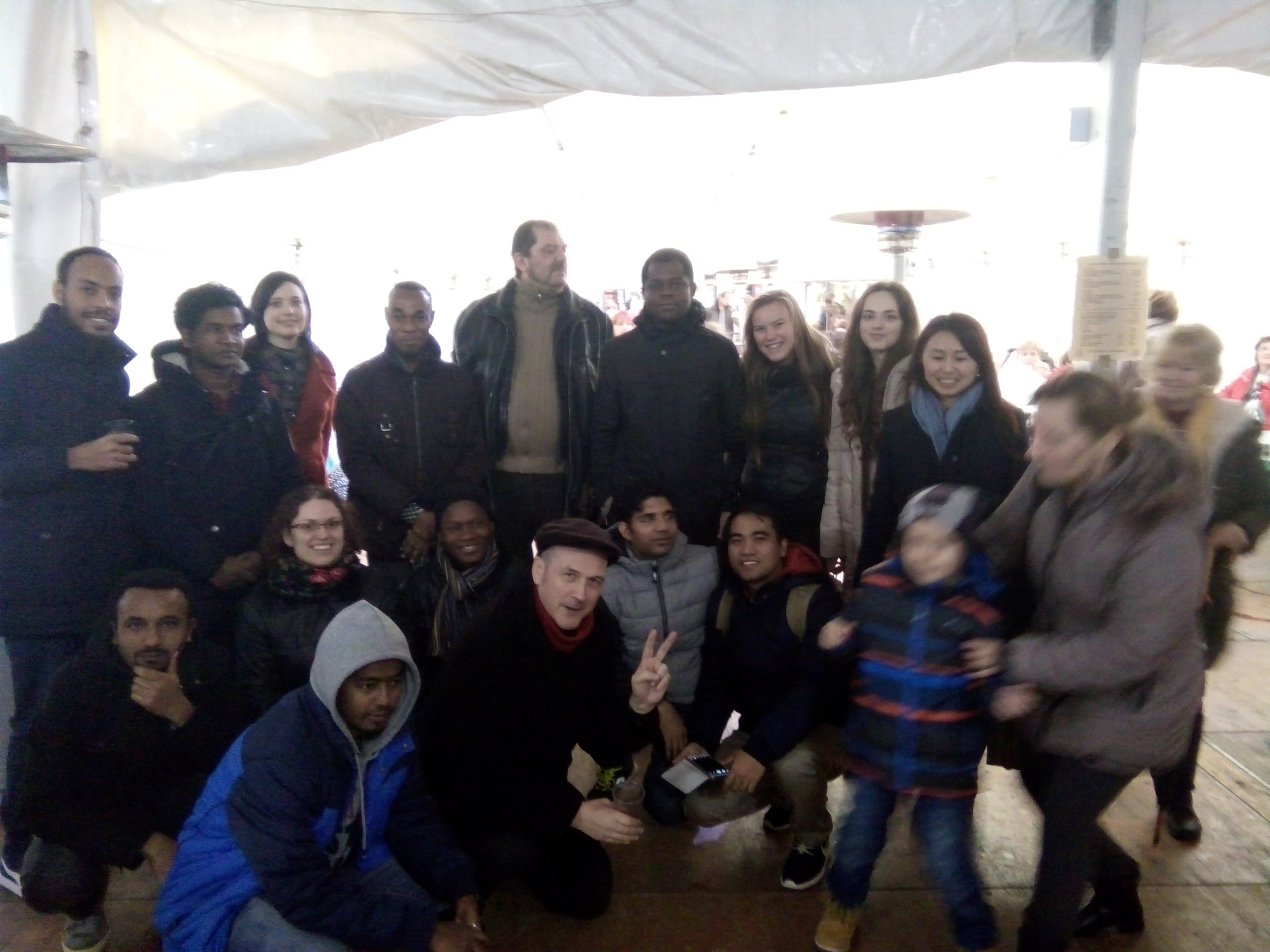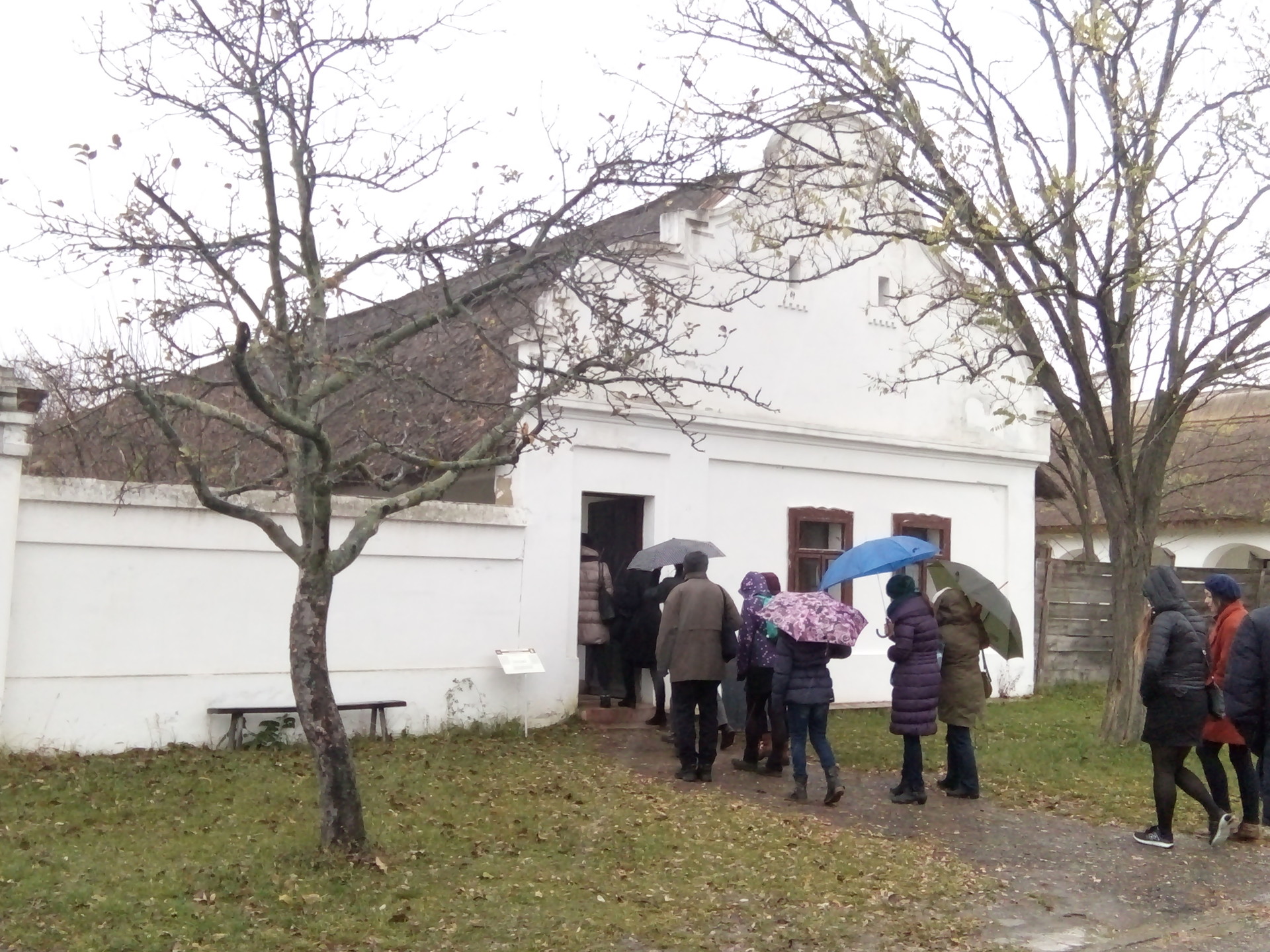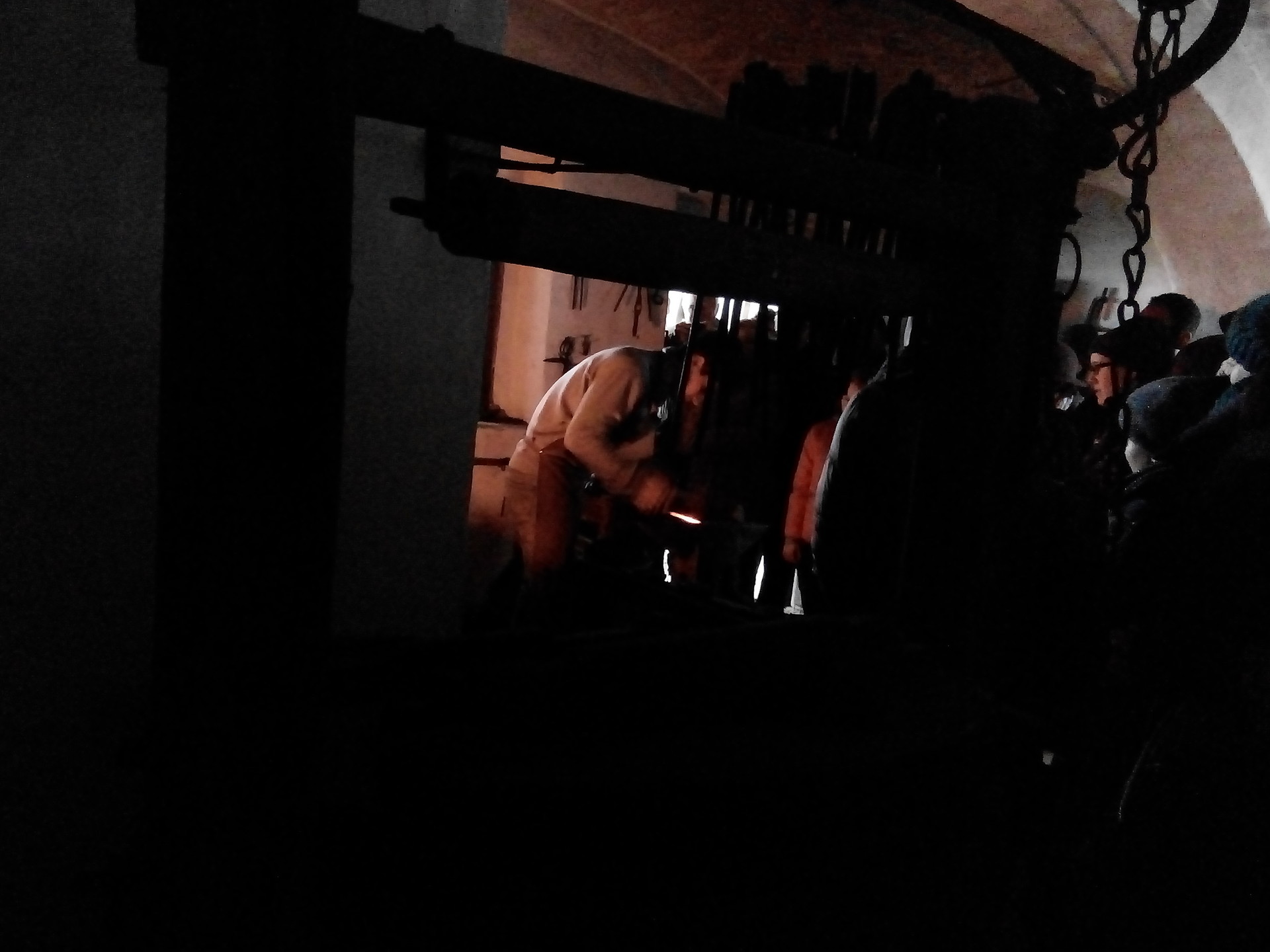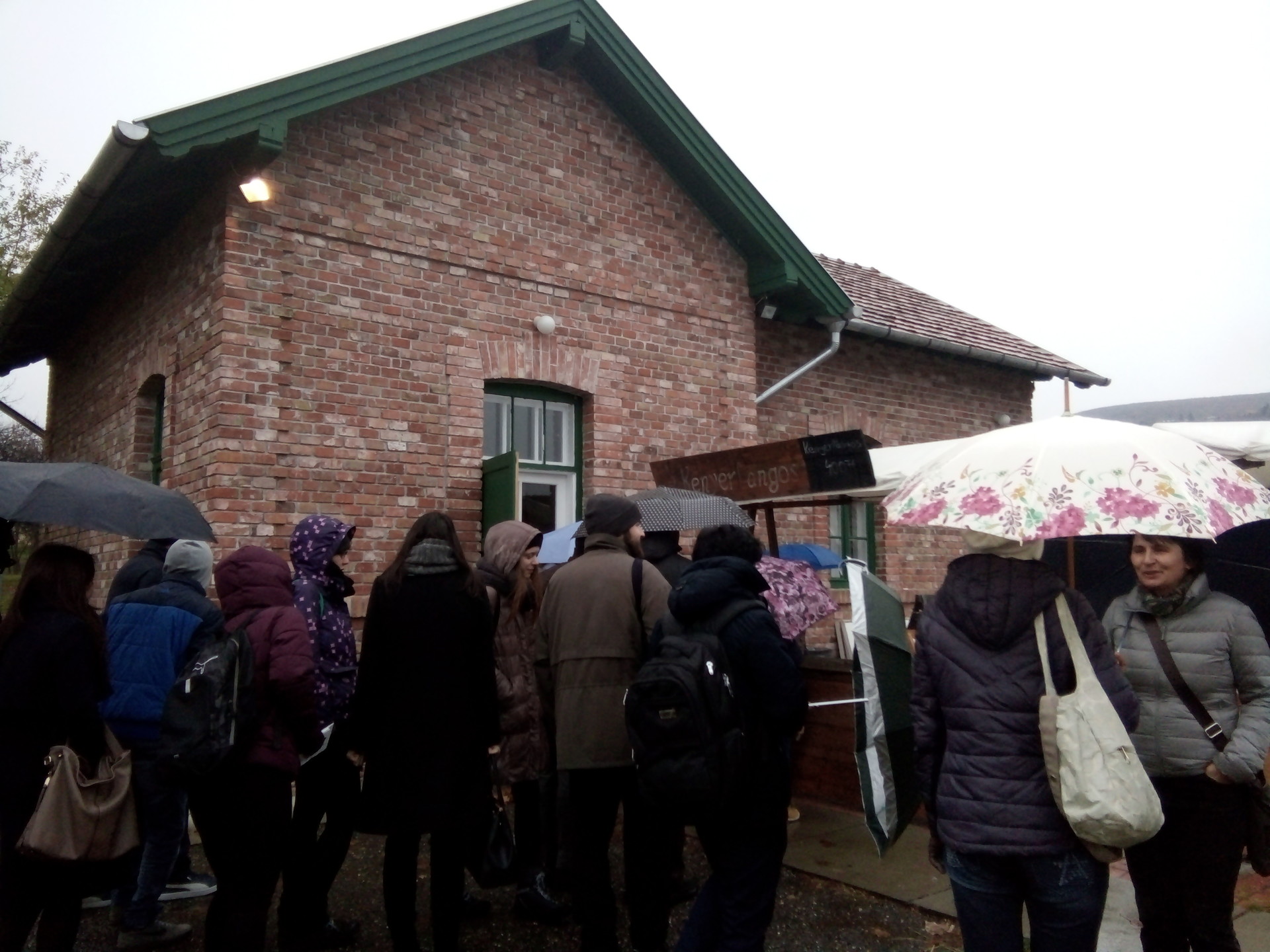The Szentendre adventure: Skanzen study trip
Hungary. What can be said about this amazing European state in the eastern central Europe? I guess a lot of things can be mentioned to describe this place since I have been making a series of articles about my experiences of this place.
Fantastic? Amazing? Marvelous? These words may not be enough to describe it and perhaps they may even be just understatement particularly if you have not been to the best sights and best tourist destinations in the city. Perhaps these words are not sufficient to paint a picture of a country the history and culture of which are very colourful and interesting.
I may have been to different places in Hungary in general and the city of Budapest in particular but I feel that what places I have already visited may not be enough to speak with authority how beautiful and marvelous the city was.
I have had spoken a lot about the city of Budapest and Hungary. But I still have much to say about one of the adventures which I have had in this country: Szentendre
Szentendre is actually an old town situated in one of Hungary’s county, the Pest county. To be candid, I have not heard of this palce before. it was entirely foreign to me but I was told by a dorm mate of mine that Szentendre is one of the most scenic spots in Hungary. He encouraged me get out of the city of Budapest and experienced the greater part of Hungary by visiting one of the nearest spots down the bend of the Danube river which is Szentendre. I have been to this place to experience an open air museum adventure: the famous Skanzen.
On our way to Skanzen
It was November 12, 2016 when we were bound visit one of the famous open air museums in Hungary as part of our experiential study trip. This date will always be forever remembered as one of the most memorable part of our mobility experiences in the Corvinus University of Budapest. It is a date which deserves to be marked in our memoir as an important learning experience in Hungary. There are really good reasons why this is so and let me relate them and gradually unfold in this article our experiences visiting a well-known open air museum in Hungary.
Our destination? It was on the Skanzen,a Hungarian Open Air Museum.
The trip was made possible through the graciousness and resourcefulness of the Institute of Sociology of the Corvinus University of Budapest. It was organized for the students of the Sociology Department.
We assembled in front of the Main Building of the Corvinus University as early as 9:15 in the morning. The sky was a bit gloomy and it appeared that it would rain that day. But all systems went well as expected so we were Skanzen-bound and there we went.
This is our group picture taken from my Oppo phone. The group consists of some students of the Sociology Department as well as some faculty members and staff of the same department.

After an hour and thirty minutes, we found ourselves in one of the best open air museums in the country. And we were more than surprised than we expected as the Skanzen experience is truly a trip to remember.
It may sound hyperbolic but Skanzen is such a wonderful place to explore waiting to be discovered.
Skanzen as an open air museum
An open air museum generally speaking appears to be a novelty in the field of museology as only a few appeared as such. In the past few years because of some novel and recent developments in the field of museum planning and development, an attempt to replicate the good old atmosphere of rural life in contrast to the modern progressive atmosphere of urban life, an open air museum was conceived to at least give a channel to conserve, preserve and make available to current and succeeding generations the artifacts, exhibits and collections that will relates in the historical, cultural as well as ethnographic characteristics of a particular locality or culture.
Skanzen, the Hungarian Open Air Museum, is a classic example of an open air museum taking into account its total characteristics in terms of the facilities, the management as well as the collections and exhibitions available in the museum. Actually I have read so much about open air museum but I have not experienced personally visiting one, not in my lifetime. But having been thoroughly exposed to some cultural and ethnographic readings in the past five years, I came to know of it vicariously and even watched some videos online regarding them. I have even experienced deliver a report about cultural and historical background about museum so I have had lots of vicarious experiences about museum during my college days. But this was my first time to visit an open air museum through a study trip organized by the university. Indeed, it was worth our time going to this museum was we have learned a lot during the trip and we were able to immerse ourselves in what is one of the best cultural and historical experiences in Hungary.
Things to see and to do in the open air museum
When we went to the open air museum, I observed that there can be lots of fun things to do if you would spend like a day or two. I recommend planning your visit there before you go so that you can cover as much activities and see as much interesting sights. A day, in my opinion, will not be enough to make a visit really comprehensive enough to cover all that are to be seen in the museum. It was such a huge open air museum, the visit of which really requires more than a day to enable you to appreciate the entirety of your trip.
But during our visit we were able to cover as much sights as we can possibly have on that day. And I am listing them here in this article to share some of these experiences which you may consider doing when you get to visit the open air museum.
Stroll around the idyllic and rustic village inside the open air museum
One of the best ways to discover how the local folks of Hungary have lived hundreds of years ago is just to stroll around the village which is situated in the open air museum itself. It can be commented that the village itself is a historic-cultural treat for the current generation to discover what has been in the locality hundreds of years before they were even born. The entire class to which I belonged had a walking tour of the idyllic and rustic village visiting one hamlet or hut to another. When I entered one of the hamlets, I feel like going back to the time when life was just so simple that people were able to survive even without the comforts of modern technology. Moreover, I also came to explore the locals’ way of life through the house artifacts that are found inside. I entirely had no idea how an old Hungarian hut looks like. I only knew the Philippine version of a hut which is made of local palm tree and bamboo surrounded by vegetables and fruit bearing trees. But the old houses in the village looked much different from what we have in the Philippines.
Entering into the old hamlet, I only had but one thing in mind. The old local Hungarians must have been a very diligent, industrious and hardworking bunch considering how the huts were carefully constructed and assembled. This experience gave me a cultural immersion experience into the ways of life of the locals in Szentendre.
Umbrellas are up as it was drizzling, the rain was about to set in but fortunately it did not rain hard as to prevent us from continuing in our walking tour of the open air museum.

Listen to the folk music of the locals of Szentendre
One of the best parts of the visit that I have personally witnessed were the good old songs of the locals of Szentendre. It was my first time to have listened to local Hungarian folk songs and my impression was that it was an interesting and unique experience to listen to foreign local folk songs.
While I did not really understand the folk music of Hungary I came to appreciate its culture more because of the folk music. I felt sincerely the richness in tune and the variety of emotions conveyed in such tunes. I can feel the joyfulness in the melody and at times the atmosphere of melancholy peculiar of the nostalgic feeling which I have when I listensed to some Philippine local folk songs.
The language appears Greek to me but the melody and the sounds themselves are really wonderful and a joy to listen at. The folk songs are relaxing and they seem to have given me an old historical feeling how Hungary looked like in the past hundreds of years.
Now, I came to realize the element of truth in the most widely quoted statement regarding the universality of music. They say that music is such a universal element that people from the different parts of the globe similarly express their sublime feelings and emotions through music. Sadness, joyfulness, love, hate and all the motley of emotions that we feel are best expressed in this almost universal medium of expression.
We may have not understood the language of the Hungarian folk songs but we can feel the emotions behind and the universal spirit that prevails in them.
Join the locals on singing folk songs while sorting out birds’ feathers for local garments
One of the most enjoyable parts of our visit in the open air museum was when we chanced upon to visit one of the hats in the village and saw how the local Hungarians sort out feathers that they will be using to weave garments. I do not exactly know how these local feathers will be processed manually to produce garment crafts but we were told that this material is the perfect raw component of the best local Hungarian garments. What was really interesting which really intrigued me was while they were sorting out birds’ feathers they were singing folk songs in harmony. In the first few minutes, we were made to watch how they work on the feathers and listen to them sing folk songs. The folk songs are really great to listen to. it was a such a memorable experience listening to the Hungarian folks singing with passion sounds that reflect the uniqueness of the Hungarian culture and identity.
Looking at these amazingly beautiful folks make my heart sing with gladness and celebrate the joyfulness that come with unity amidst diversity.

Then after a while, they asked the group to sing a local folk song in our country of origin. Some hesitated to sing for the old Hungarian folks seemingly because of shyness. But eventually, we were able to persuade two of our classmates from Ghana to render a local folk song. We were amused listening to the local Ghanian folk song. We did not understand it but the way it was sung by the two was really amazing. It showed in their faces a glowing combination of shyness and happiness and we can read from the tunes of the song that indeed they were really glad to have shared a part of their culture that day.
Initially, I was a bit wondering what was in the sorting out of feathers while singing in harmony a local folk song. I just then came to understand that the work of sorting out of feathers and producing garments out of it is tedious and laborious activity in the olden days that really requires some patience and in order to ease the boredom or tedium involved in such kind of activity, the old local folks sing a song to release tiredness and to amuse themselves, in the process allowing them to be constantly energized to do what they are doing.
This is really interesting as I could relate to this kind of cultural experience in the Philippines. If you happened to visit one of the villages in the rural areas in the Philippines where people still practice “bayanihan” (working together) in farms during planting and harvest seasons, people usually amuse themselves by bringing with them guitar and singing folk songs to ease out the fatigue planting rice in the vast green fields.
Discover the ancient blacksmiths’ secret
Do you want to know how the old way through which the local Hungarian folks fashioned metals into useful and practical tools of life and war, then the Skanzen could be one of the best ways to explore this aspect of Hungarian culture? We happened to visit the blacksmith’s shop and there we were given actual demonstration how they forge metals into some useful objects apparently those which have practical use for their daily life.
The group was truly amazed on the masterful skills showcased by the blacksmiths inside the shop. I, for one, got amused, entertained and awed on the way they have produced fire to melt metals and mold them again to the desired shapes until they were able to create the object or tools they intended to create. Some members of the group asked some questions as to the blacksmiths and they answered them with cheerfulness. They were very friendly and outgoing bunch.
The way I see it I believe the old local Hungarian metalsmiths played vital roles in the old rural Hungarian society. They create tools from iron and steel that will make works easier. They also aid in repairing and fixing broken things. They make life easier and expedite manually done labour activities.
What one can see in the shop? Almost every object that you may see from a typical blacksmith’s shop. If I would try to recall what I have seen in the shop, what immediately came to my mind are the little religious and ornamental items which were masterfully bent and cut to attain the desired shapes of the objects. I also saw some agricultural implements which were created by these local blacksmiths. Some utensils of various sizes and shapes were likewise displayed in the shop for everybody to see. If you are interested to bring a token of your visit, you may buy from their displays which usually range beginning from around 3 euros.
It was a bit dark when I have taken this photo of the blacksmith's shop. The people inside were keenly observing how the blacksmith was carefully shaping a small metal into some objects.

Eat geese and drink wine in celebration of St. Martin’s feast
You may be wondering who is Saint Martin? Why do Hungarians celebrate his feast? What is the story behind St. Martin that made people commemorate his feast?
I am not really used to giving trivia stuff but in order to just illustrate my point, allow me to give you in my best possible knowledge based on the walking tour in the village. Legend has it that Saint Martin was formerly a soldier from Rome who eventually became Christian and a monk. One of the participants of our tour told us that Saint Martin’s Fest is widely associated with the geese eating in November 11 which is considered to be the day of Saint Martin’s Feast. And there was an interesting story that was related to us by this participant. He told us that such a legend emerged when Saint Martin was about to be appointed as religious priest but as he was hesitant to be anointed as one, he tried to hide among a flock of geese who cackled so noisily that his location was traced. Up until this day, such a story was handed down from one generation to the next generation and people really enjoy listening to it. In commemoration of such a day, Saint Martin’s Feat is being celebrated in most Christian countries in Europe as well as the United States and some countries in Asia like the Philippines.

We visited the Skanzen at the most opportune day as Hungary was celebrating Saint Martin’s Feast. There were fairs and a huge tent was put up where a program was held. I witnessed the very lively and dynamic presentations in the program showcasing Hungarian folk dance and songs. We passed by a restaurant for lunch time. There were restaurants and wine displays in the fair. As I was already hungry I tagged along some of my classmates for lunch. There were lots of people in the restaurant that I needed to wait for along queue. I was already extremely hungry but how I wanted to try the geese dish that day. According to the tradition, if you eat geese during Saint Martin’s Feast, you would not feel hungry the entire year. After almost an hour of waiting, I had my turn before the counter and ordered potatoes, cabbage dipped in wine and roasted geese leg. It was really a sumptuous meal! Having eaten a lot, I could feel that the tradition may not fail me. I would not go hungry the entire day even without eating dinner back in the dormitory.
Going back to the dormitory
It was already around two in the afternoon and the group was ready to get aboard the bus. We were ready to say goodbye to Skanzen. Little by little, I could feel the small pellets of water dripping from above. The sky remained gloomy and overcast by huge dark nimbus clouds, threatening to pour cats and dogs but were very grateful because the weather has been very good to us. It did not ruin our day by pouring its wrath early. After a few minutes, the small droplets are increasingly sprinkling the dry earth. I believe it was a blessing that signify the bounteous harvest. Local folks at the very moment were commemorating Saint Martin’s Feast and that same moment, they can feel benediction from the saint coming from the high heavens.
It was time to get aboard and we bid farewell to Skanzen. It has been a great day.
Photo gallery
Share your Erasmus Experience in Budapest!
If you know Budapest as native, traveler or as exchange student... share your opinion on Budapest! Rate different characteristics and share your experience.
Add experience →




















Comments (0 comments)